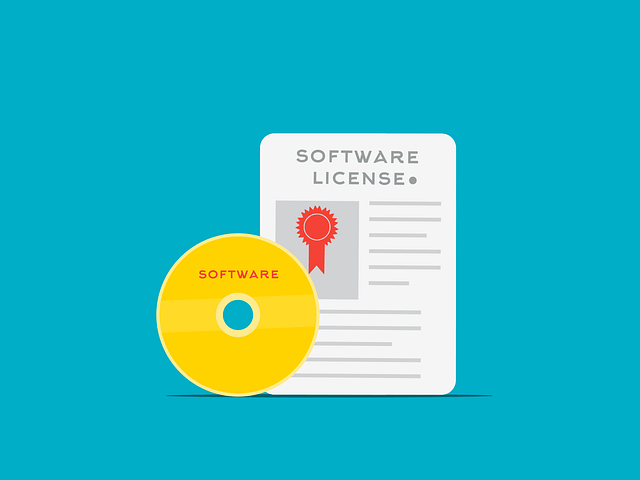
Software development is a constantly evolving industry. The way you develop software in 2023 will be very different from the way you developed software in 2019, and this is especially true for new developers.
If you want to learn how to develop better code, it’s important that you understand where the industry is headed so that you can adapt your own development practices accordingly. There are many factors at play here including the increasing popularity of various web frameworks like ReactJS and VueJS (which have been around longer than most readers might realize), but let’s take a look at six of these key trends:
1.TDD
Test-driven development, or TDD, is a software development process that relies on test cases to drive the development of software. TDD is a development approach that requires developers to first write tests for their code and then write only enough code to pass those tests.
TDD also involves incremental design as it allows you to create small amounts of functionality at a time and then test it thoroughly before moving on.
2.Pair programming
Pair programming is a technique that requires both engineers to work on the same codebase at the same time. The two engineers share one keyboard, watch each other’s screens, and discuss what they are doing as they go along.
The benefits of pair programming include:
- You can learn from your colleagues’ skills and experience
- Collaboration improves the quality of code written
- It helps you write better code more quickly (and vice versa)
3.Exploratory testing
Exploratory testing is a type of software testing that involves active examination of the software to be tested, instead of following a predetermined test plan. This can also be called “test design”, as opposed to scripted and/or manual testing. Exploratory testing is an approach to testing in which the tester works in an ad-hoc fashion, choosing inputs and observing outputs as they occur.
Exploratory testing may be performed by multiple testers simultaneously or successively at different times, depending on what stage of the software development process you happen to be at, and whether or not you have access to production level resources (such as databases). It gives you a better picture than scripted tests because it highlights areas that may not otherwise have been exposed by them due to their specificity or lack thereof (i.e., black box vs white box).
4.Continuous Testing
Continuous testing is a practice that requires developers to write automated tests for all code they produce. It is a form of test-driven development (TDD), which also requires you to start writing your tests before you write any actual code. Continuous testing differs from TDD in that it requires continuous integration and continuous delivery, meaning that your software passes the tests as it is being built rather than after all the work has been done. This makes sure that any bugs or errors get caught as soon as possible so they can be fixed fast and released faster.
There are several benefits to implementing continuous testing:
- You can catch mistakes earlier in the process when it’s easier to fix them
- It reduces the chance of introducing new problems into your product because you’re constantly making sure everything works properly
5.YAGNI Principle
YAGNI Principle: You Aren’t Going to Need It
You Aren’t Going to Need It, or YAGNI, is a software design principle which states that it is better to add functionality later than to add functionality now that turns out to be unnecessary. Software developers should design for flexibility and reusability, rather than starting with the most specific case and building out from there.
6.Microservices
Microservices are small, single-purpose applications that work together to create a larger system. They’re built to be independent and easy to scale.
Microservices are easy to build and deploy because they’re small; this makes it possible for developers who specialize in certain parts of the application (such as user interface design) to work on their part without waiting for other parts of the program to be finished or tested. A microservice can also be easily scaled up or down depending on how busy its particular function is.
Microservices allow for faster and more efficient testing because each piece can be tested separately from all others, and there are fewer dependencies between them than in traditional software architecture models such as monolithic architecture where everything lives within one single unitary codebase with no clear delineation between responsibilities among components.
7.Agile (e.g., Scrum)
Agile software development is a set of values and principles for software development, as well as the term given to various specific methodologies. Agile practices emphasize adaptive planning, evolutionary development and delivery, early delivery, and continuous improvement, with an intent to reduce overall costs while maintaining momentum.
Agile software development methods such as Scrum emphasize iterative or incremental processes that improve products and services through fast feedback loops.
8.BDD
You may be familiar with BDD, but if not, it is a software development technique that aims to bring the behavior of the system under test (SUT) closer to the language of its stakeholders. In other words, BDD uses examples and scenarios to describe how people will interact with your application or website.
In this context, “behavior” refers to any observable interaction between an SUT and its environment—this could include any kind of functionality from saving data in a database to displaying content on a screen. A stakeholder is anyone who has some interest or connection with an organization’s systems; for example: clients/customers, business owners/managers, project managers and technical architects.
L O A D I N G
. . . comments & more!
Source: https://hackernoon.com/top-practices-for-software-development-in-2023


